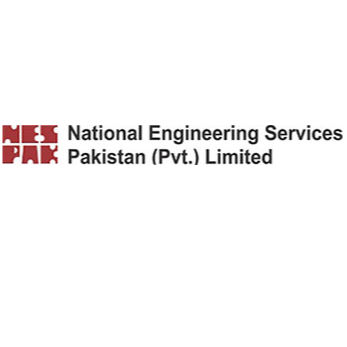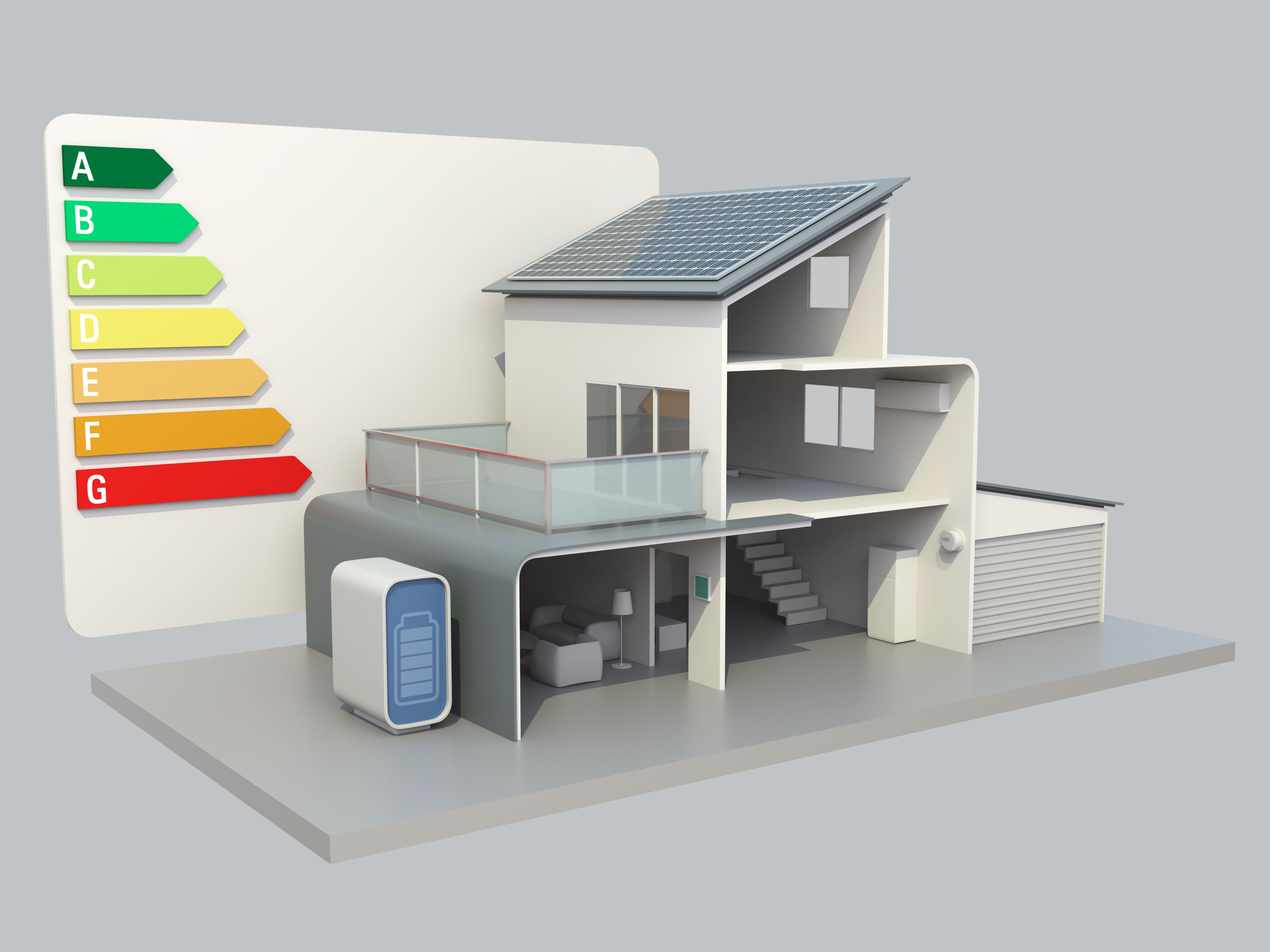
Integration of Results and Prediction of Reservoir Properties

Share
Description of Service
Artificial intelligence has proven to be a very effective tool because it does not assume a priori physical relationships between rock properties and characteristics of geological environments. The predictions are made based on the intelligent recognition of nonlinear patterns.
In order to establish relevant physical links between the microstructural characteristics of rocks and elastic properties, Quantitative GeoSolutions employs advanced algorithms that simulate the characteristics of reservoirs.
These algorithms allow establishing relationships between the shape of the pores (in various types of rocks), the fracture density, the type of fluids, the mineralogical content and the respective impedance responses (acoustic, shear) and density. Rock physics models are built from the microstructural components of the rock (solid phase and fluid phase), following rigorous physical criteria and rules. As an example, the following figure presents a schematic of carbonate rock physics models.
Geomechanical analysis is also a fundamental tool when you want to define risk scenarios in the drilling of new wells. Quantitative GeoSolutions has experts in the evaluation of information on stresses, pore pressure and other essential data, which are efficiently integrated with quantitative geophysical analyses to fine-tune the best exploitation strategies minimizing the risks associated with geological and physical events.
What You Will Get From Purchasing This Professional Service. Deliverables
Integration of results and prediction of reservoir properties.
- Stress field forecasting from integrated seismic-geomechanical studies
- Transfer of scales and integration of probabilistic prediction techniques and artificial intelligence for the prediction of the limits and intrinsic characteristics of the reservoirs.
- Prediction of the geometry and intrinsic characteristics of the reservoirs
- Fluid saturation forecast in low porosity reservoirs.
Duration To Complete Service. How Long Before Service Is Completed
1-8 weeks
Quantitative Geosolutions offers plausible and effective solutions to complex problems in geosciences, based on novel analysis and prediction techniques with deterministic, probabilistic, and artificial intelligence approaches, which allow revealing details in the microstructural characteristics that define the storage capacity and fluid content in rocks, at various study scales. Our results allow us to generate a measurable impact on the optimization of exploration and production plans of the deposits.
Ratings & Reviews
No Ratings & Reviews given yet..
More Professional Services From Quantitative Geosolutions

Seismic Interpretation and Structural Modeling

Quantitative Geosolutions
5,000.00 - $50,000.00

Conditioning Seismic Data To Perform Quantitative Analysis

Quantitative Geosolutions
5,000.00 - $50,000.00

Seismic Inversion Processes and Rock Physics Analysis

Quantitative Geosolutions
5,000.00 - $50,000.00

Integration of Results and Prediction of Reservoir Properties

Quantitative Geosolutions
5,000.00 - $50,000.00
Similar Services (Recommended services)


Geode-Energy Ltd
25,000.00 - $250,000.00


National Engineering Services Pakistan (Pvt.) Limited (NESPAK)
1,000,000.00 - $100,000,000.00


National Engineering Services Pakistan (Pvt.) Limited (NESPAK)
1,000,000.00 - $100,000,000.00


National Engineering Services Pakistan (Pvt.) Limited (NESPAK)
1,000,000.00 - $100,000,000.00











